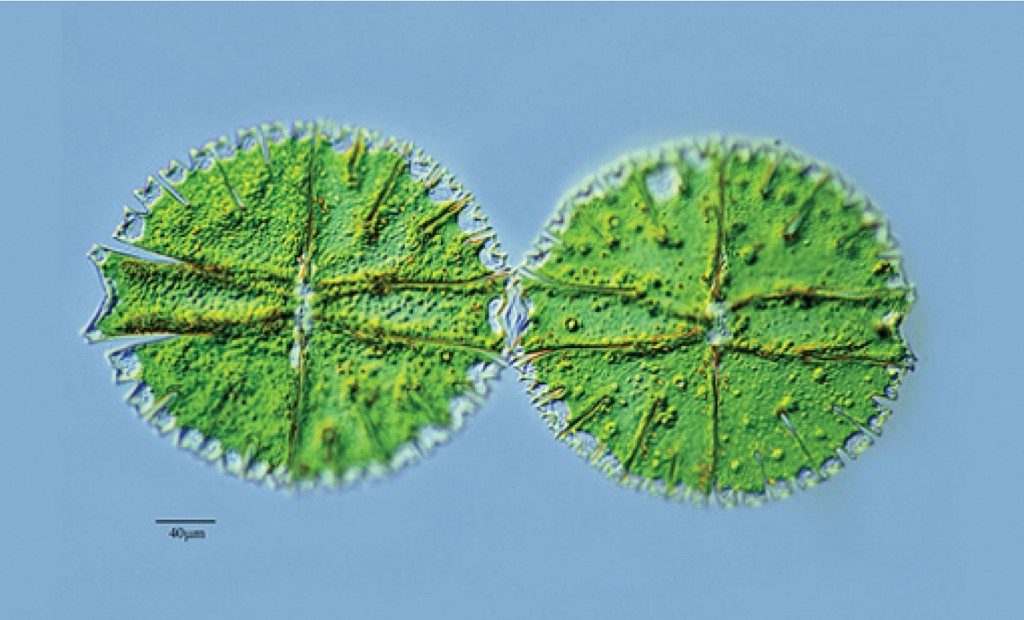
Over the past decade, many scientists have begun to realize that an energy system based on fossil fuels is fundamentally unsustainable. Two key issues currently face the global community. First, any energy system based on hydrocarbon combustion generates massive amounts of pollution, with roughly 90% of greenhouse gas emissions coming from the burning of fossil fuels. Second, oil and coal are finite resources, and estimates suggest that we will deplete the global supply by 2057.
In response to these issues, strategies are being pursued that could reduce and eventually eliminate the current global dependence on fossil fuels. In part due to increased federal support, research is taking place both at Yale and across the country to develop clean and sustainable energy systems, and for the first time in many years there is reason to be optimistic that a viable solution to the energy dilemma is on the horizon.
Surveying the Energy Landscape
Although many different sources of alternative energy exist, there is no clear consensus about which technology will bring an end to dependence on fossil fuels.
Harnessing wind energy is one often proposed solution. Since no fuels are combusted during the powering of wind turbine generators, wind energy is appealing because of its lack of direct emissions and its obvious sustainability.
Still, wind power is not without its limitations. Although there are approximately 72 terawatts of wind energy on Earth – more than 5 times the current global energy consumption – actually utilizing all this energy proves difficult. The areas in the US with the greatest density of wind power, the Great Plains regions of Wyoming and Montana, are extremely sparsely populated, meaning that the electricity generated by these turbines must be transported a great distance before it can be utilized. The losses due to these long transmission distances would significantly curb net energy gains.
Attempts to counter this problem by moving turbines closer to population centers have been historically unsuccessful. The Massachusetts Cape Wind Project, for example, was criticized by locals who felt that the noisy, unseemly turbines would compromise the aesthetics of the otherwise scenic area. Additionally, there are concerns that wind turbines could harm certain bird populations. Finally, economic considerations pose one of the biggest obstacles, as the high cost of turbines and wind power infrastructure require a large capital investment.
Nuclear energy has emerged as an additional chief candidate in the quest to replace fossil fuel consumption. This type of energy is highly sustainable, due to breeder reactors which produce materials capable of undergoing fission as they produce power. Nuclear plants are also cleaner than coal or oil plants in that nuclear reactors do not directly produce carbon dioxide or other greenhouse gases.
However, there remains considerable public opposition to nuclear power. This stems from concerns over the production and disposal of nuclear waste, fear that spent fuel still emits radiation at dangerous levels, and the threat of plant meltdowns such as the 1979 Three Mile Island incident in Pennsylvania.

Yale Tackles the Energy Problem
Yale is currently researching two additional promising alternative fuel sources. Associate Professor Jordan Peccia of the Environmental Engineering department is working on biofuels research, while Eugene Higgins Professor of Chemistry Gary Brudvig is leading a collaborative effort concerning solar power.
Biofuels are a broad class of fuels derived from recently deceased organic matter. They are an attractive alternative to fossil fuels, as the sources can be grown easily and the resulting fuels burn cleanly and produce low emissions. The most well-known member of this group is bioethanol, typically synthesized via fermentation of sugars derived from plants such as corn or soybeans. These fuels have received considerable media attention and federal funding.
However, attempts to implement bioethanol on a national or global scale are highly problematic. Growing enough plants to meet fuel demands would require a significant fraction of the Earth’s arable land, which otherwise would be used to produce food crops. In addition to limiting biodiversity, current bioethanol production methods strain global water supplies, as large amounts of freshwater are required to irrigate plants and run refineries. Most importantly, since farming, fermentation, and transportation of materials requires significant amounts of energy, the net energy gain of switching to bioethanol fuels is fairly small.
To confront these problems, Peccia is focusing on photosynthetic algae which, under certain conditions, produce lipids that can subsequently be converted into biofuels such as biodiesel or biogas. As opposed to first-generation biofuels derived from corn or soybeans, algal biofuels can be grown in oceans or wastewater and consequently do not supplant food crops or require a high energy input.
Peccia’s research into algal biofuels was sparked by a student project in his Microbial Process Engineering course. The results obtained by his pupils were so promising they merited a Green Fund grant, and Peccia brought in a postdoctoral researcher to develop the project further.
Although other researchers around the globe are looking into algal biofuels, Peccia’s unique approach makes his work particularly promising. Rather than treating the algae as a simple fuel source, Peccia is trying to gain a detailed understanding of the algae’s genetics in order to maximize lipid production.
When combined with examinations of the ecological impact of algae “power plants,” Peccia’s work could turn algal biofuels into a viable energy source. This has the potential to make algae a leading source of clean fuel and usher in a new era of sustainable energy.

On a parallel track, Brudvig is leading a collaborative project by the Green Energy Consortium to harness energy directly from the sun. The Earth receives 3.8 million exajoules of solar radiation yearly, nearly ten thousand times the current global energy demand. Consequently, a collector the size of Iowa with only 10% efficiency would provide enough electricity to power the entire country.
Current solar technologies aim to convert solar energy directly into electricity. Brudvig, however, aims to increase efficiency by creating cells which can produce and store fuel.
Fuel cells are particularly beneficial in that they are able to provide a constant supply of energy, in contrast with traditional solar panels which only provide electricity during the day.
Drawing inspiration from photosynthesis in plants, Brudvig has studied a family of biomimetic manganese catalysts that facilitate the oxidation of water, an important step in the production of such fuels as dihydrogen.
By immobilizing these catalysts on titanium dioxide nanoparticles, Brudvig and his collaborators have crafted inexpensive and efficient electron acceptors susceptible to visible-wavelength light, important components of efficient solar fuel cells. If successful, Brudvig’s work could pave the way to a clean, efficient, and sustainable means of producing fuel.
Obama’s Promise
We are in a period of vastly increased optimism surrounding the search for alternative fuels. During his campaign, President Obama made a strong commitment to supporting science and technology. The recent stimulus package allocated $21.5 billion to scientific research, with $4.5 billion of those dollars designated specifically for renewable energy research.
In addition, Obama has appointed Dr. Steven Chu, a Nobel laureate in Physics, as his Secretary of Energy, reaffirming his promise to ensure that “the government does not distort the results of scientific research for ideological ends.”

Federal funding and support are crucial to the development of alternative energy systems; if President Obama continues to fulfill his campaign promises, a globally viable alternative energy system could emerge in the near future.
With the proper support, research such as that by Peccia and Brudvig might finally provide the world with its much-desired fully sustainable energy.
About the Author
ANDREW MOIR is a senior is Berkeley College majoring in chemistry. He is currently working in Professor Schmuttenmaer’s lab as part of the Yale Green Energy Consortium.
Acknowledgements
The author would like to thank Professors Jordan Peccia and Gary Brudvig for their assistance.
